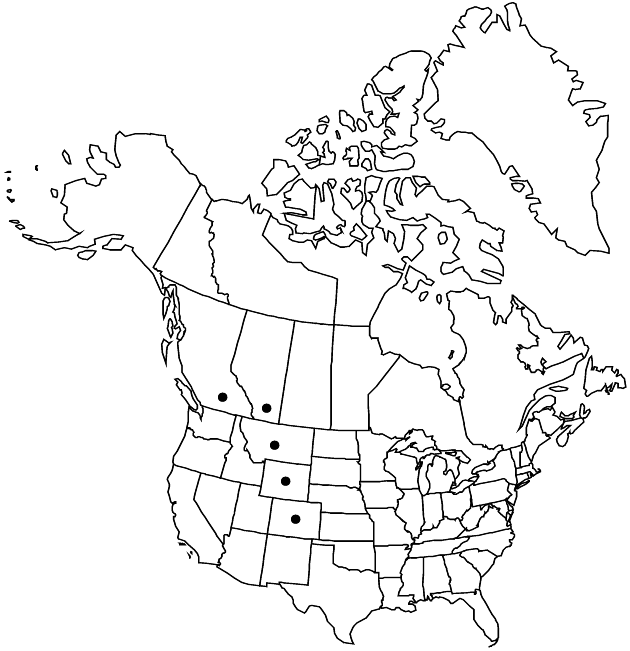Difference between revisions of "Erigeron lanatus"
Fl. Bor.-Amer. 2: 17, plate 121. 1834.
FNA>Volume Importer |
imported>Volume Importer |
||
| (5 intermediate revisions by 2 users not shown) | |||
| Line 8: | Line 8: | ||
}} | }} | ||
|common_names=Woolly fleabane | |common_names=Woolly fleabane | ||
| + | |special_status={{Treatment/ID/Special_status | ||
| + | |code=E | ||
| + | |label=Endemic | ||
| + | }} | ||
|basionyms= | |basionyms= | ||
|synonyms= | |synonyms= | ||
| Line 32: | Line 36: | ||
-->{{#Taxon: | -->{{#Taxon: | ||
name=Erigeron lanatus | name=Erigeron lanatus | ||
| − | |||
|authority=Hooker | |authority=Hooker | ||
|rank=species | |rank=species | ||
| Line 46: | Line 49: | ||
|publication title=Fl. Bor.-Amer. | |publication title=Fl. Bor.-Amer. | ||
|publication year=1834 | |publication year=1834 | ||
| − | |special status= | + | |special status=Endemic |
| − | |source xml=https:// | + | |source xml=https://bitbucket.org/aafc-mbb/fna-data-curation/src/2e0870ddd59836b60bcf96646a41e87ea5a5943a/coarse_grained_fna_xml/V19-20-21/V20_648.xml |
|tribe=Asteraceae tribe Astereae | |tribe=Asteraceae tribe Astereae | ||
|genus=Erigeron | |genus=Erigeron | ||
Latest revision as of 21:04, 5 November 2020
Perennials, 2–5 cm; taprooted, roots sometimes barely evident, caudices diffuse, with extensive systems of rhizomelike, relatively long, slender branches. Stems erect (simple, ± scapiform), finely and loosely villous, minutely glandular. Leaves basal (persistent); blades oblanceolate to oblong-oblanceolate, 5–25(–30) × 2–5 mm, strongly reduced distally, margins usually entire, smallest and earliest usually 3-toothed or -lobed apically (lobes or teeth acute), ultimately entire, finely and loosely lanate-villous, eglandular. Heads 1. Involucres 9–13 × 12–23 mm. Phyllaries in 2–3 series (purple or purple-tipped), moderately to densely, finely and loosely villous (hairs sometimes with purple cross walls), minutely glandular. Ray florets 30–80; corollas white or purplish, 8–11 mm, laminae not coiling or reflexing, spreading. Disc corollas 5–6.5 mm. Cypselae 3.5–4 mm, 2-nerved, faces finely hirtellous to glabrate; pappi: outer of setae, inner of 25–35 (whitish to tawny) bristles (often twisted). 2n = 36.
Phenology: Flowering Jul–Aug.
Habitat: Open, rocky, alpine and subalpine habitats, often on limestone talus
Elevation: (1300–)2100–4100 m
Distribution

Alta., B.C., Colo., Mont., Wyo.
Discussion
Selected References
None.